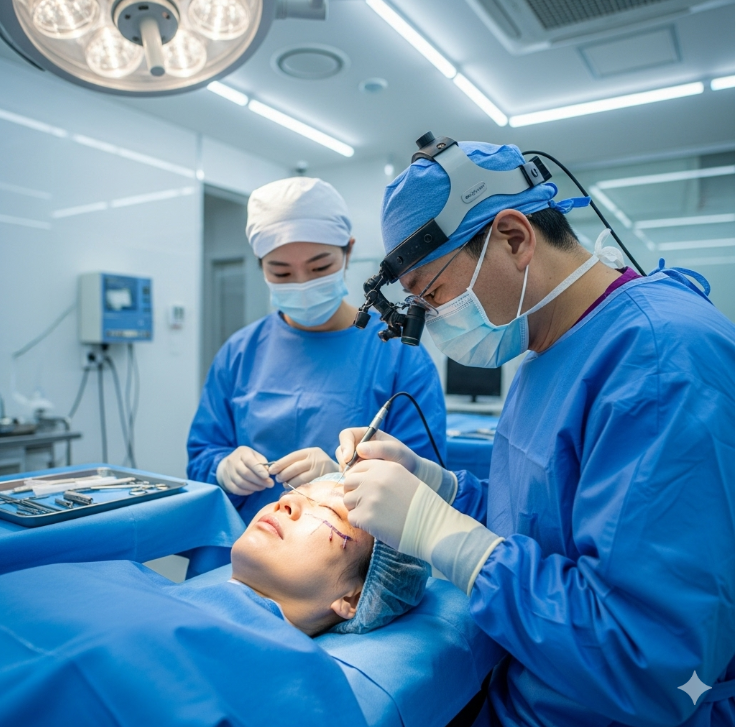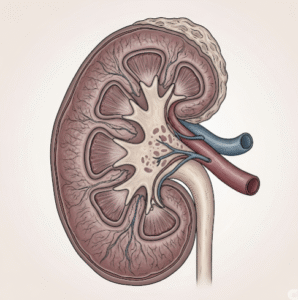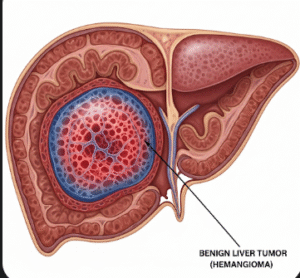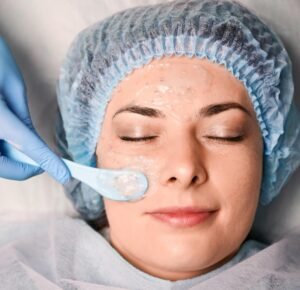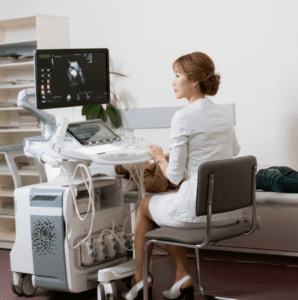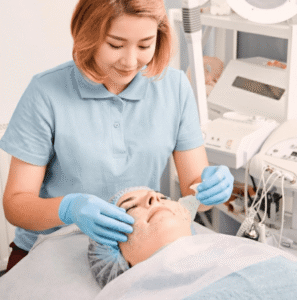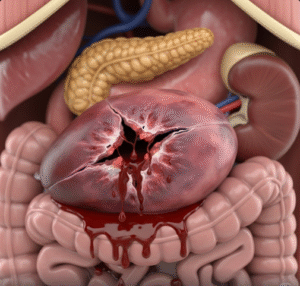What It Is
Fox eye surgery, also known as cat eye lift or almond eye surgery, is a cosmetic procedure designed to create a more elongated, lifted, and youthful eye shape. The goal is to elevate the outer corners of the eyes and brows, giving a sleek, almond-shaped look often associated with “fox eyes.”
In Korea, fox eye surgery can be performed using different techniques, including minimally invasive thread lifting, canthoplasty (lateral eye corner surgery), blepharoplasty, or brow lifting. Surgeons carefully select the method depending on whether the patient prefers a subtle, temporary lift or a permanent structural change.
Why It’s Done
Patients seek fox eye surgery for:
- Aesthetic reasons to achieve almond-shaped, elongated eyes
- Enhancing a tired or droopy eye appearance
- Improving facial harmony by lifting sagging outer eyelids or brows
- Subtle rejuvenation without making the eyes look artificial
Fox eye procedures are especially popular in Korea for those desiring a refined, youthful, and fashion-forward eye look.
Alternatives
Depending on the patient’s goals, alternatives include:
- Thread lift only: Non-surgical, minimally invasive, but temporary (lasts 6–12 months)
- Botox brow lift: Provides a mild, temporary lift without surgery
- Upper or lower blepharoplasty: Removes excess skin and fat but does not reshape the eye
- Traditional brow lift: More comprehensive forehead and brow elevation
Preparation
Preparation typically involves:
- Consultation: With a plastic or oculoplastic surgeon to determine which method is best
- Eye and brow analysis: Checking skin elasticity, eye corner position, and facial proportions
- Medical evaluation: Blood tests and anesthesia clearance if surgical correction is chosen
- Lifestyle changes: Avoiding smoking and alcohol 2–4 weeks before surgery
- Medication review: Temporarily discontinuing blood thinners and certain supplements
How It’s Done
The surgical approach depends on the chosen technique:
- Thread lifting: Special dissolvable threads are inserted under the skin to lift the outer brows and eyelids. Minimally invasive with quick recovery.
- Canthoplasty: Surgical repositioning of the outer eye corner to create a more elongated shape. Provides a permanent change.
- Lateral brow lift: Small incisions near the hairline or temple to elevate the outer brow and eye area.
- Combination approach: Many Korean surgeons combine brow lifting with canthoplasty for natural yet lasting results.
The procedure may take 30 minutes (thread lift) to 1–2 hours (surgical methods) and is usually done under local anesthesia with sedation or general anesthesia.
Recovery
Recovery depends on the method used:
- Thread lift: Mild swelling or bruising for a few days, return to normal life within 3–5 days
- Canthoplasty or brow lift: Swelling and bruising for 1–2 weeks, with stitches removed in 5–7 days
- Final results: Become noticeable after swelling subsides, usually within 2–4 weeks
- Longevity: Thread lift results last about 6–12 months, while surgical methods are permanent
Possible Complications
As with any cosmetic procedure, risks may include:
- Swelling and bruising
- Asymmetry or uneven lift
- Thread visibility or irritation (in thread lifts)
- Scarring (usually hidden in natural folds or hairline)
- Dryness or temporary eye irritation
- Rare need for revision surgery
Treatment Options in Korea
Diagnosis
- Eye and facial analysis by experienced plastic surgeons
- Digital imaging or 3D simulation to preview potential results
Medical Treatments
- Botox or filler injections for non-surgical lifting and shaping
- Skin rejuvenation treatments to improve eye area texture
Surgical or Advanced Therapies
- Thread lifting: Minimally invasive, temporary enhancement
- Canthoplasty: Permanent reshaping of the outer eye corner
- Lateral brow lift: Lifts the temple and outer brow for stronger results
- Combination surgery: Fox eye surgery often performed with blepharoplasty or brow lift for overall harmony
Rehabilitation and Support
- Scar care with creams or laser treatments if needed
- Follow-up visits to monitor results
- International patient services with interpreters, hospital guidance, and telemedicine support

